Lightweight carbon fiber engine mounts are revolutionizing modern automotive design. These components secure the engine to the vehicle’s frame while minimizing vibrations and noise. Unlike traditional materials, carbon fiber offers a unique combination of strength and reduced weight. This lightweight design enhances vehicle performance and efficiency.
You might wonder why this matters. Over 70% of manufacturers now use lightweight materials like carbon fiber in engine mounts. This shift reduces vehicle weight by up to 30%, improving fuel efficiency and handling. Additionally, carbon fiber’s durability ensures long-lasting performance, making it a preferred choice for hybrid and electric vehicles.
Key Takeaways
-
Lightweight carbon fiber engine mounts make cars lighter by 30%. This helps cars use less fuel and handle better.
-
These mounts are made from strong carbon fiber plastics. They are tougher and last longer than regular materials.
-
Carbon fiber mounts help cars speed up faster and shake less. This makes driving smoother and more enjoyable.
-
Carbon fiber does not get damaged by heat or rust. This makes it work well for a long time and lowers repair costs.
-
More car makers are using carbon fiber mounts now. This helps create cars that save energy and are better for the planet.
What Are Lightweight Carbon Fiber Engine Mounts?
Definition and Function
Lightweight carbon fiber engine mounts are advanced components designed to secure the engine to a vehicle’s frame while reducing vibrations and noise. These mounts use carbon fiber reinforced plastics (CFRPs), a material known for its exceptional strength and low weight. By replacing traditional materials like steel or aluminum, they contribute to significant weight reduction and improved vehicle performance.
|
Feature |
Description |
|---|---|
|
Material |
Carbon fiber composites used for engine mounts. |
|
Weight Reduction |
Achieves a 24% reduction for the Front Cover and 33% for the Oil Pan, aiding overall vehicle lightweighting. |
|
Structural Integrity |
Strong enough to support engine mount attachment and meet powertrain stress targets. |
|
Functional Benefits |
Enables the use of smaller engines, leading to environmental benefits and fuel savings. |
These mounts not only enhance structural integrity but also allow for the use of smaller, more efficient engines. This makes them a preferred choice for high performance and eco-friendly vehicles.
Key Features of Carbon Fiber Engine Mounts
Carbon fiber engine mounts stand out due to their unique properties. They are precision CNC machined, ensuring a perfect fit and optimal performance. Their construction material, carbon fiber, makes them 45.35% lighter than traditional mounts, weighing just 4.70 grams. This drastic weight reduction improves fuel efficiency and handling.
|
Feature |
Description |
|---|---|
|
Construction Material |
Carbon fiber construction |
|
Weight Comparison |
45.35% lighter than stock mount |
|
Weight |
4.70g |
|
Machining |
Precision CNC machined |
The lightweight nature of these mounts also reduces strain on the vehicle’s suspension system, enhancing overall durability.
How They Differ from Traditional Engine Mounts
Traditional engine mounts typically use materials like steel, rubber, or aluminum. While these materials provide adequate support, they add unnecessary weight to the vehicle. In contrast, composite engine mounts made from carbon fiber reinforced plastics offer a superior strength-to-weight ratio. They resist heat and corrosion better than rubber or steel, making them more durable in extreme conditions.
The manufacturing process also sets them apart. Carbon fiber engine mounts are created using advanced techniques like compression molding, which ensures consistent quality and performance. This process, combined with the inherent properties of carbon fiber, results in mounts that are lighter, stronger, and longer-lasting than their traditional counterparts.
Why Carbon Fiber is Ideal for Engine Mounts
Material Properties of Carbon Fiber
Lightweight and Strong
Carbon fiber stands out as a material that combines exceptional strength with minimal weight. It is five times stronger than steel and 70% lighter, making it ideal for engine mounts. This lightweight property reduces the overall weight of your vehicle, improving fuel efficiency and handling. Additionally, carbon fiber reinforced plastics (CFRPs) are twice as stiff as steel, ensuring the engine remains securely mounted even under high stress.
High Strength-to-Weight Ratio
The high strength-to-weight ratio of carbon fiber is one of its most significant advantages. Compared to traditional materials like aluminum or steel, carbon fiber offers superior performance. For instance, CFRPs are up to 40% lighter than aluminum while being significantly stronger. This property allows manufacturers to design engine mounts that are both durable and lightweight, enhancing the overall performance of your vehicle.
Resistance to Heat and Corrosion
Carbon fiber resists heat and corrosion, making it perfect for the harsh conditions of an engine bay. Unlike steel, it does not rust or oxidize, even when exposed to extreme temperatures or moisture. It also withstands UV radiation without degrading. These properties ensure that carbon fiber engine mounts maintain their integrity and performance over time, reducing the need for frequent replacements.
|
Property |
Description |
|---|---|
|
Corrosion Resistance |
Does not rust, corrode, or oxidize under extreme conditions. |
|
Heat Resistance |
Handles high temperatures, suitable for engine bays. |
|
UV Resistance |
Withstands UV radiation without degrading. |
Comparison with Traditional Materials
Steel
Steel has been a common choice for engine mounts due to its strength. However, it is heavy and prone to rust, which can compromise its durability. Carbon fiber, on the other hand, is five times stronger and nearly 80% lighter. This makes it a superior alternative for reducing vehicle weight and improving performance.
Rubber
Rubber engine mounts are known for their flexibility and ability to absorb vibrations. However, they lack the durability and strength of carbon fiber. Rubber can degrade over time due to heat and environmental factors, whereas CFRPs maintain their structural integrity for much longer.
Aluminum
Aluminum is lighter than steel and resists corrosion better, but it still falls short compared to carbon fiber. While aluminum is more affordable, it is heavier and less durable. Carbon fiber engine mounts offer higher strength, better heat resistance, and longer-lasting performance, making them the preferred choice for high-performance applications.
|
Feature |
Carbon Fiber |
Aluminum |
|---|---|---|
|
Strength |
Stronger and stiffer |
Less strong but flexible |
|
Weight |
40% lighter |
Heavier than carbon fiber |
|
Heat Resistance |
High resistance |
Good for heat dissipation |
|
Corrosion Resistance |
No rust or oxidation |
Can corrode without treatment |
|
Durability |
Long-lasting and rigid |
More prone to wear over time |
Benefits of Lightweight Carbon Fiber Engine Mounts
Significant Weight Reduction
Improved Fuel Efficiency
Reducing the weight of your vehicle directly impacts fuel efficiency. Lightweight carbon fiber engine mounts, made from carbon fiber reinforced plastics (CFRP), are 70% lighter than steel and nearly 80% less dense. This significant weight reduction decreases the overall weight of your car, allowing the engine to work less to move the vehicle. As a result, you enjoy better fuel consumption and lower emissions. For every 10 kg reduction in car weight, carbon emissions decrease by 1 gram per kilometer. This makes composite engine mounts an eco-friendly choice for modern vehicles.
Enhanced Vehicle Handling
The lightweight design of carbon fiber engine mounts improves your car’s handling and stability. By reducing the weight of the engine mounts, the vehicle achieves a lowered center of gravity, enhancing its dynamics. Carbon fiber’s high stiffness and strength contribute to better handling, ensuring a smoother and more controlled driving experience. This improvement in driving dynamics is especially noticeable in high-performance vehicles, where precision and stability are critical.
Enhanced Performance
Better Acceleration
Lightweight carbon fiber engine mounts enhance your vehicle’s acceleration. The reduced weight means the engine can deliver power more efficiently, resulting in quicker response times. This is particularly beneficial in high-performance cars, where every millisecond counts. The superior strength-to-weight ratio of carbon fiber ensures that the mounts can handle the stress of rapid acceleration without compromising performance.
Reduced Vibrations and Noise
Carbon fiber engine mounts excel at minimizing vibrations and noise. The high stiffness of carbon fiber materials isolates vibrations more effectively than traditional rubber mounts. This leads to a quieter cabin and a more comfortable driving experience. The advanced design of these mounts also reduces the total vibrations transmitted through the vehicle, improving overall driving dynamics.
Durability and Longevity
Resistance to Wear and Tear
Carbon fiber engine mounts are built to last. They withstand extreme temperatures without melting or warping, unlike some plastics. Their resistance to UV damage prevents fading or cracking, even with prolonged exposure to sunlight. With a tensile strength of over 500,000 psi, carbon fiber is stronger than steel while being significantly lighter. This durability ensures that your engine mounts maintain their performance over time.
Reduced Maintenance Costs
The long-lasting nature of carbon fiber engine mounts translates to lower maintenance costs for you. Unlike traditional materials, which may corrode or degrade, carbon fiber reinforced plastics retain their structural integrity for years. This reduces the need for frequent replacements, saving you money and time. The exceptional durability of these mounts makes them a cost-effective solution for both everyday and high-performance vehicles.
Real-World Applications of Carbon Fiber Engine Mounts
High-Performance Sports Cars
High-performance sports cars demand precision and efficiency. Carbon fiber engine mounts play a critical role in meeting these demands. By reducing weight, they enhance acceleration and handling, which are essential for sports cars. The lightweight nature of carbon fiber reinforced plastics allows manufacturers to lower the vehicle’s center of gravity. This improves stability during high-speed maneuvers. Additionally, the high strength-to-weight ratio ensures that the mounts can withstand the stress of powerful engines without compromising durability.
Many sports car manufacturers prioritize high-performance engine mounts to achieve superior driving dynamics. These mounts also reduce vibrations, providing a smoother ride even at extreme speeds. For sports car enthusiasts, this translates to a more exhilarating and controlled driving experience.
Electric and Hybrid Vehicles
Electric and hybrid vehicles benefit significantly from carbon fiber engine mounts. Electric engines often experience mechanical imbalances, which can lead to vibrations in the frequency range of 10 Hz to 300 Hz. These vibrations, caused by cogging torques and torque ripples, can affect the vehicle’s performance and stability. Carbon fiber engine mounts, designed with advanced modeling techniques, help manage these excitations effectively.
By using carbon fibre reinforced plastic, manufacturers can enhance the dynamic behavior of electric and hybrid vehicles. This results in smoother operation and improved stability. Furthermore, the lightweight properties of carbon fiber reduce the overall weight of these vehicles, increasing their energy efficiency. For you, this means a quieter, more stable ride and better mileage.
Examples of Manufacturers Using Carbon Fiber Engine Mounts
Several leading manufacturers have adopted carbon fiber engine mounts in their vehicles. Companies like BMW and McLaren use these mounts in their high-performance sports cars to achieve optimal weight reduction and performance. Tesla incorporates carbon fiber reinforced plastics in its electric vehicles to enhance efficiency and reduce vibrations.
|
Manufacturer |
Vehicle Type |
Benefit of Carbon Fiber Engine Mounts |
|---|---|---|
|
BMW |
Sports Cars |
Improved handling and reduced weight |
|
McLaren |
High-Performance Sports Cars |
Enhanced acceleration and stability |
|
Tesla |
Electric Vehicles |
Better energy efficiency and reduced noise |
These examples highlight how carbon fiber engine mounts are shaping the future of automotive design. Whether you drive a sports car or an electric vehicle, these mounts offer unmatched performance and durability.
Lightweight carbon fiber engine mounts represent a significant leap forward in automotive innovation. These mounts reduce vehicle weight, improve fuel efficiency, and enhance overall performance. By using composite materials like CFRP, manufacturers achieve better vibration damping and durability, ensuring a smoother and quieter ride for you. Over 70% of automakers now adopt carbon fiber and polyurethane-based mounts, contributing to a 30% reduction in vehicle weight.
The future of engine mounts looks promising. Advancements in mass production and recycling methods for composite materials make carbon fiber more accessible and sustainable. With its growing use in structural components like chassis and suspension, carbon fiber is set to revolutionize the engine mounting system and beyond. As these innovations continue, you can expect vehicles that are lighter, stronger, and more efficient, paving the way for a greener and more dynamic automotive industry.


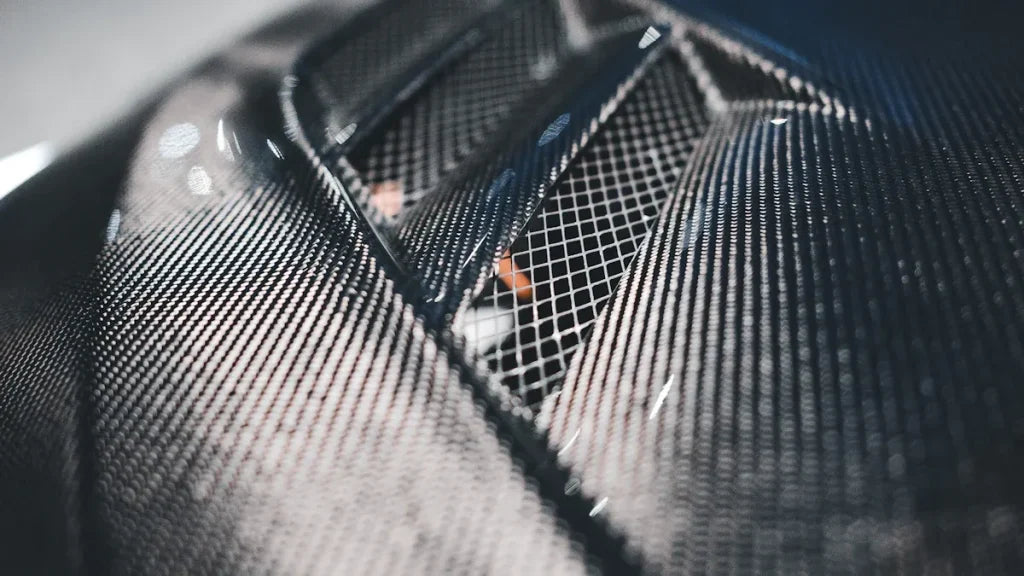
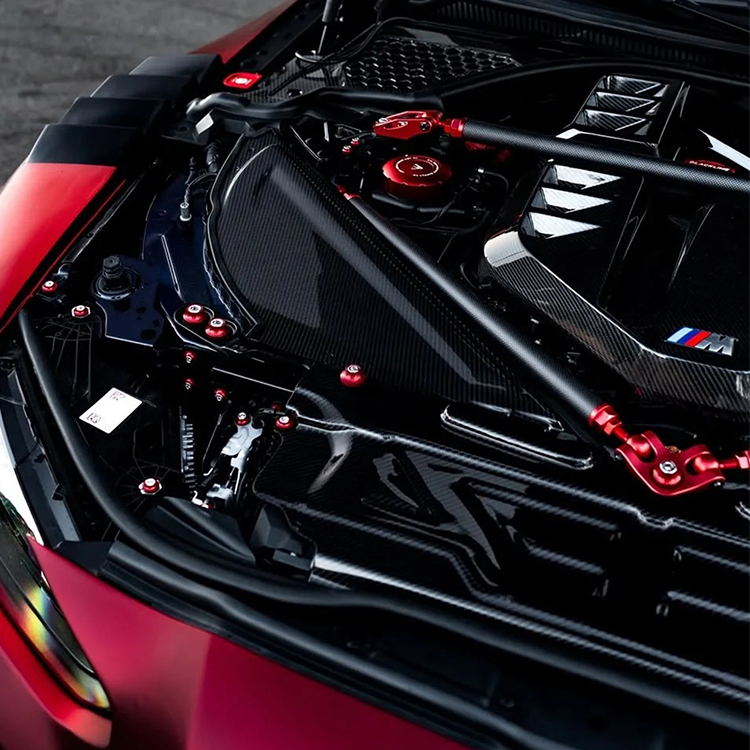
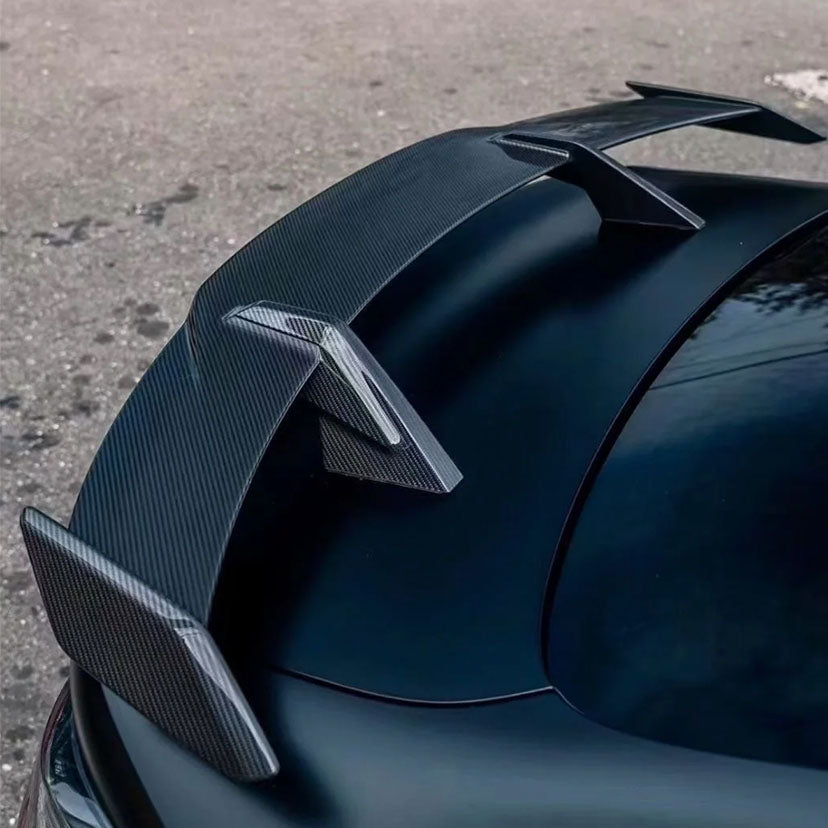
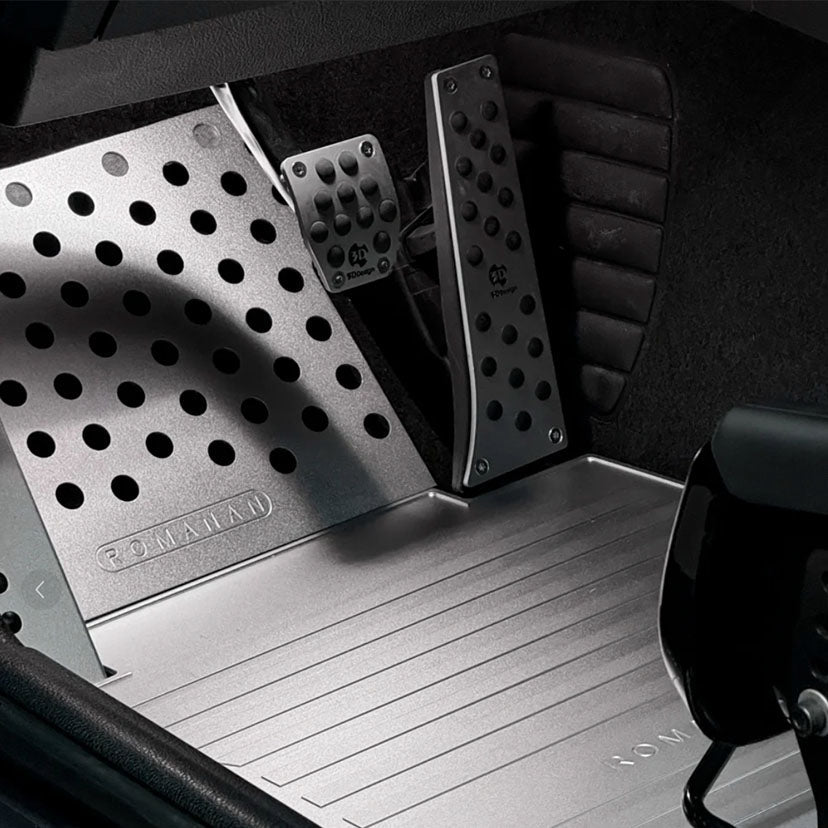

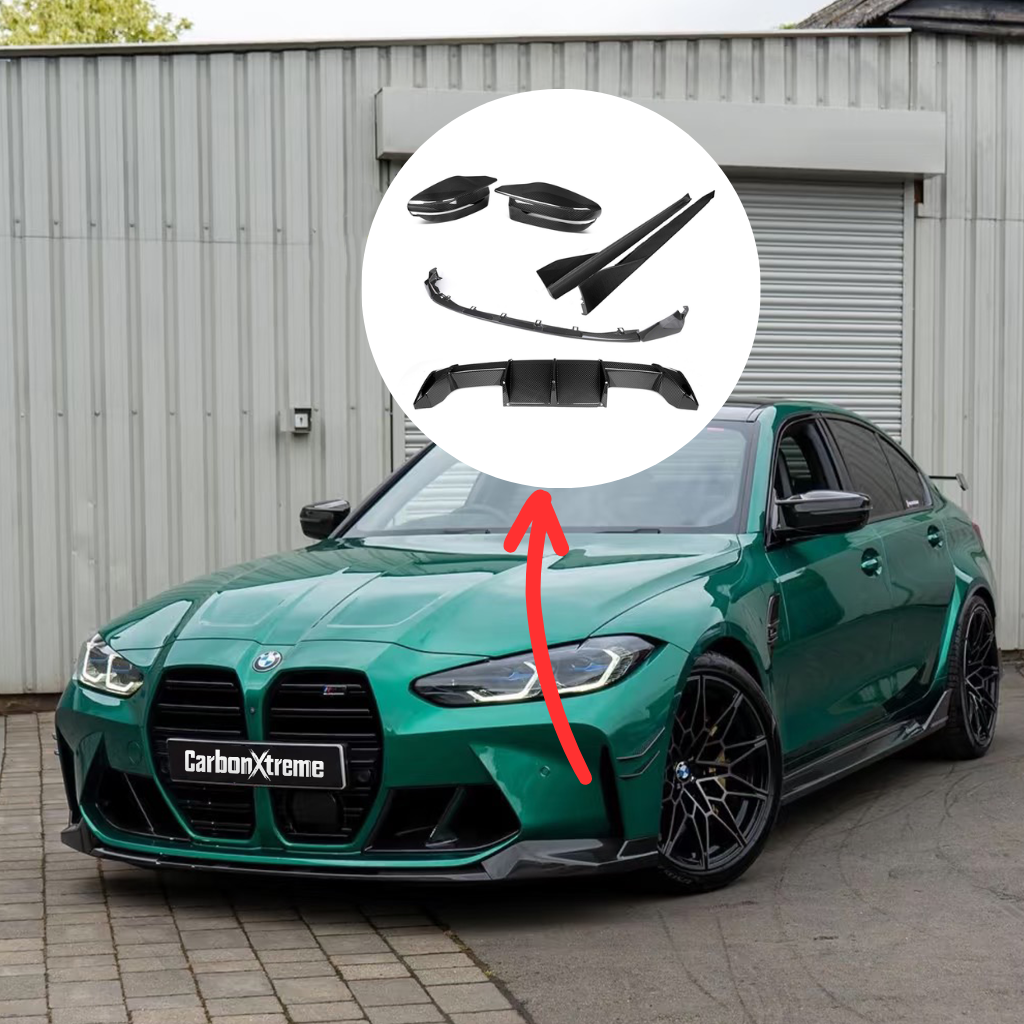
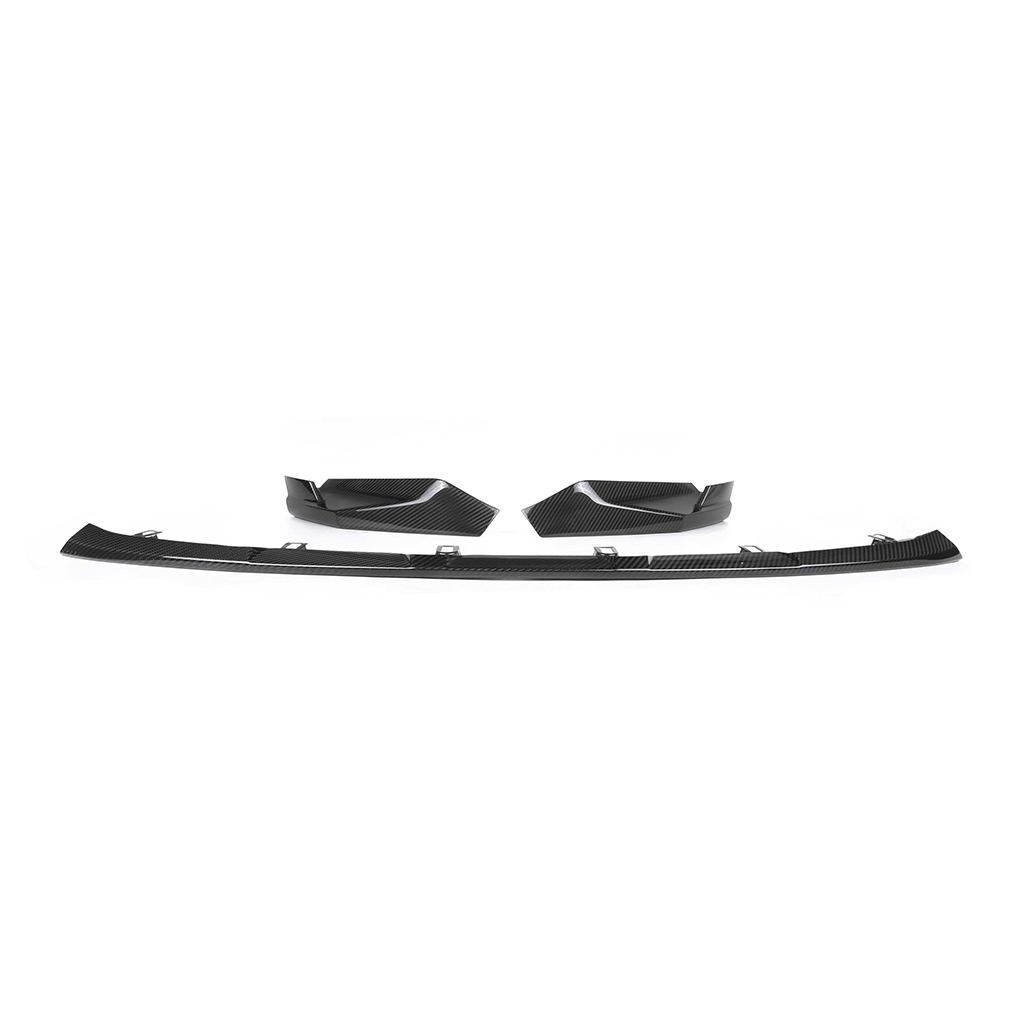
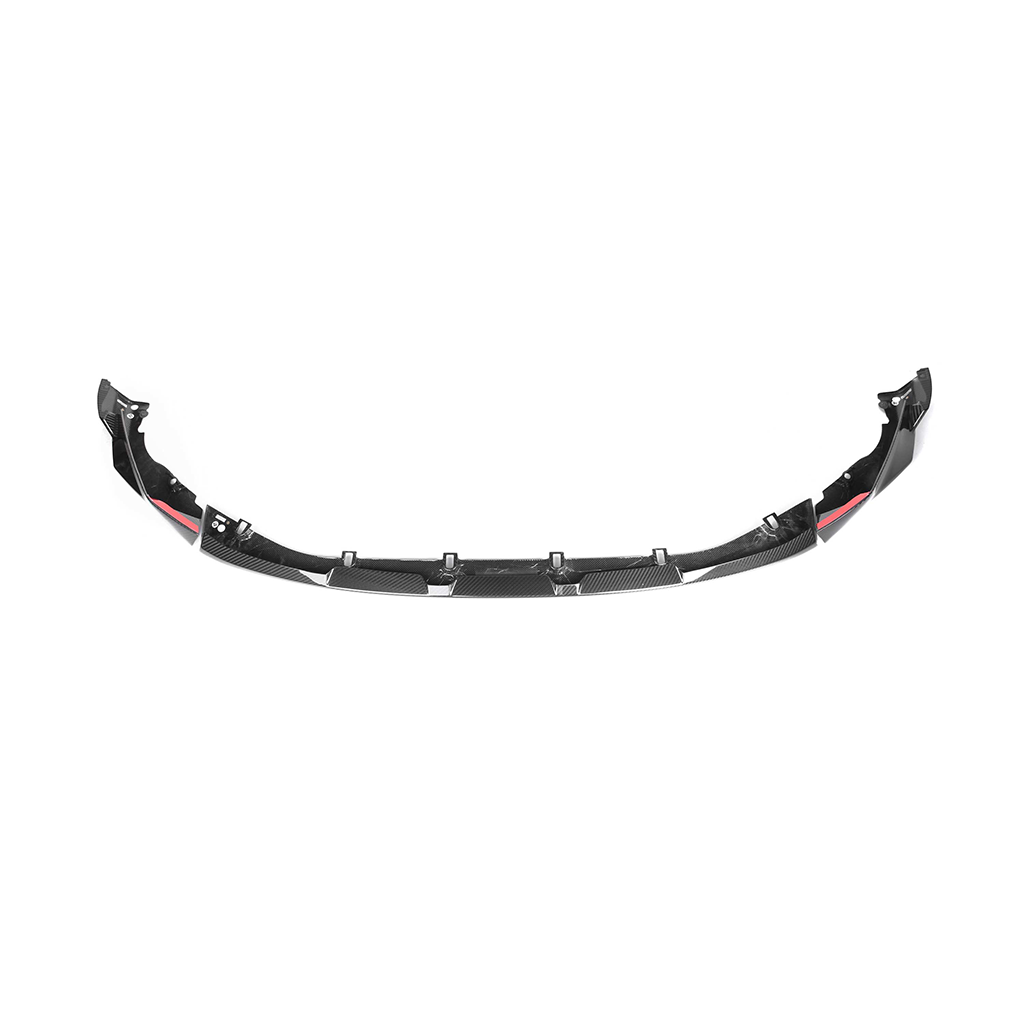
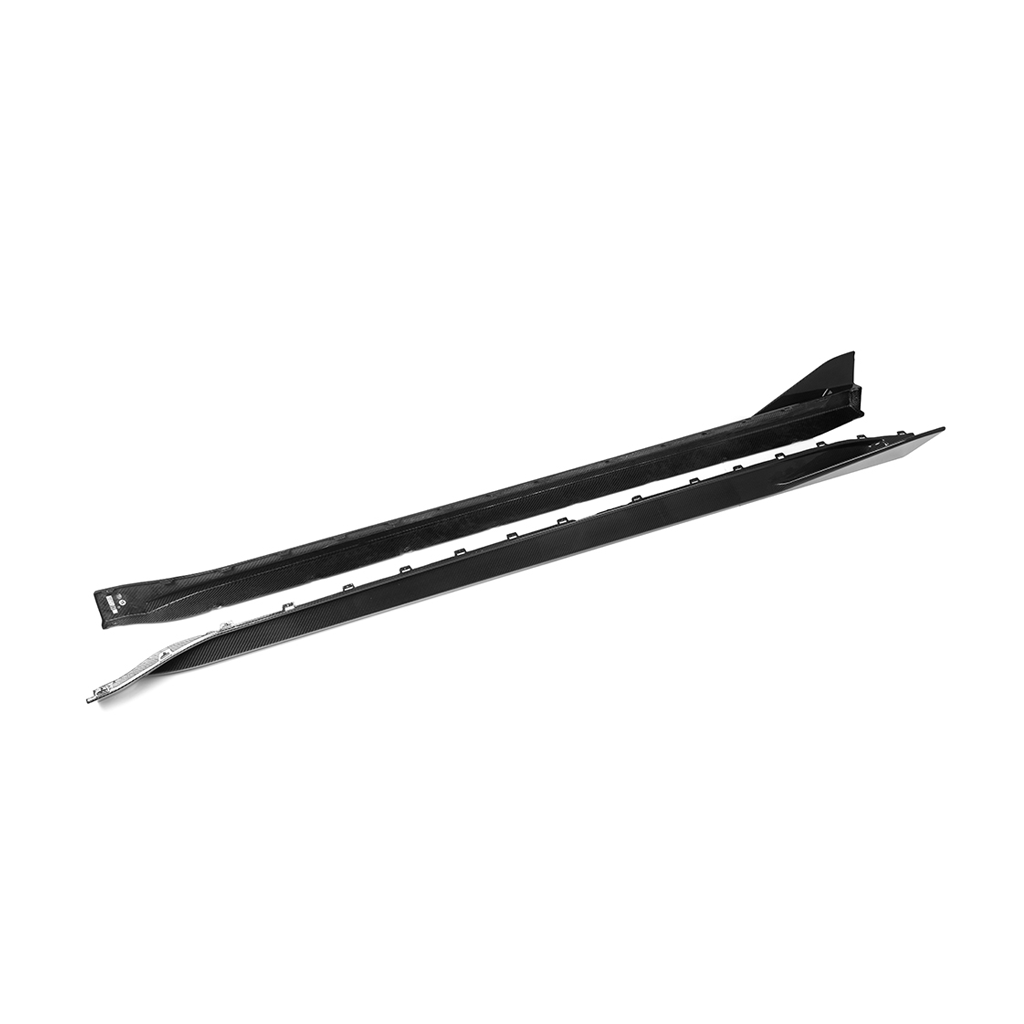
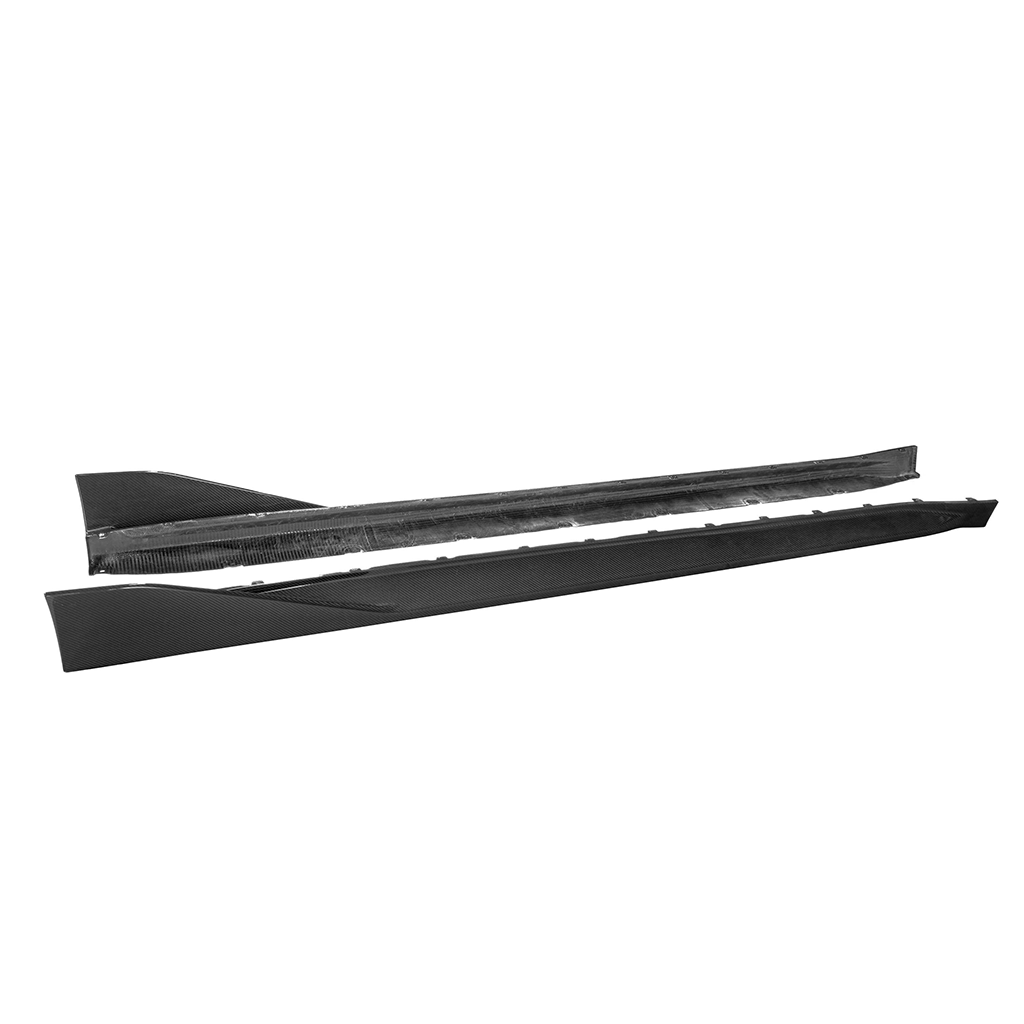
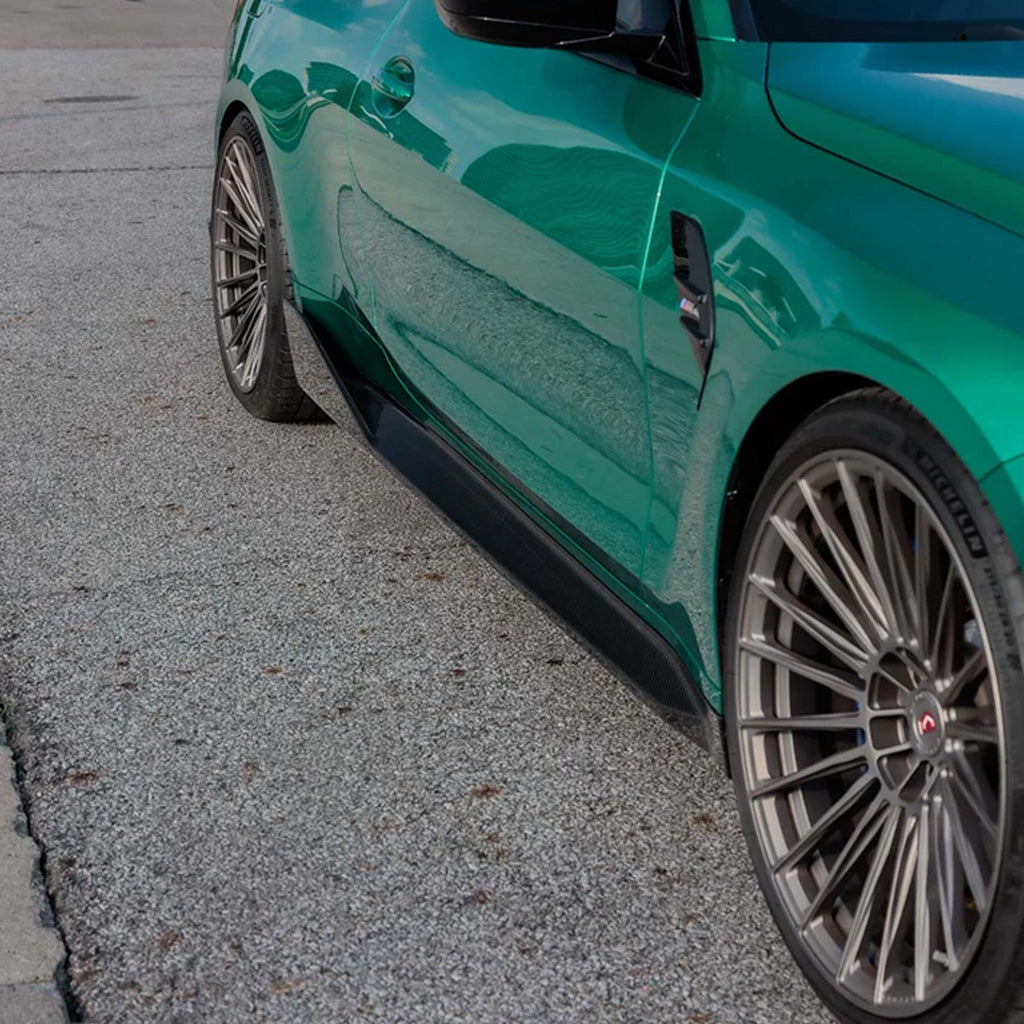



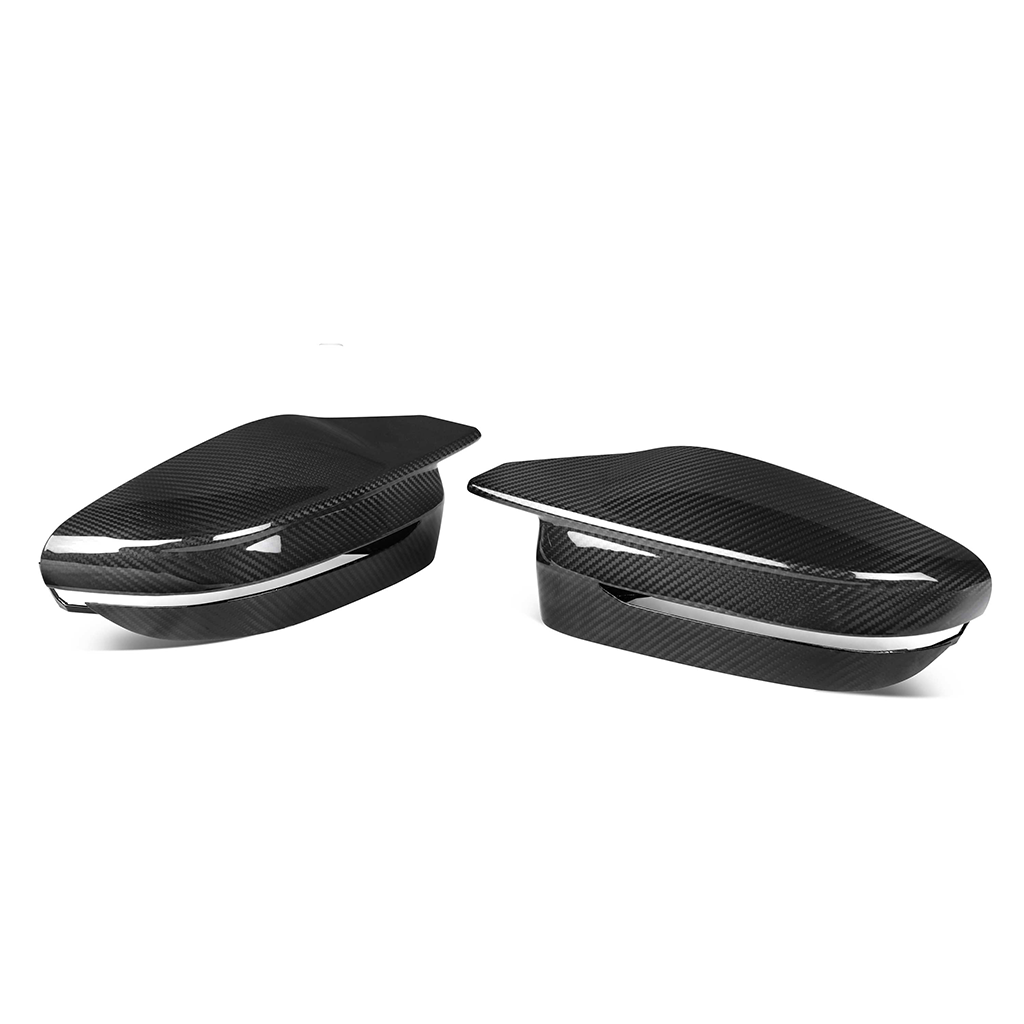
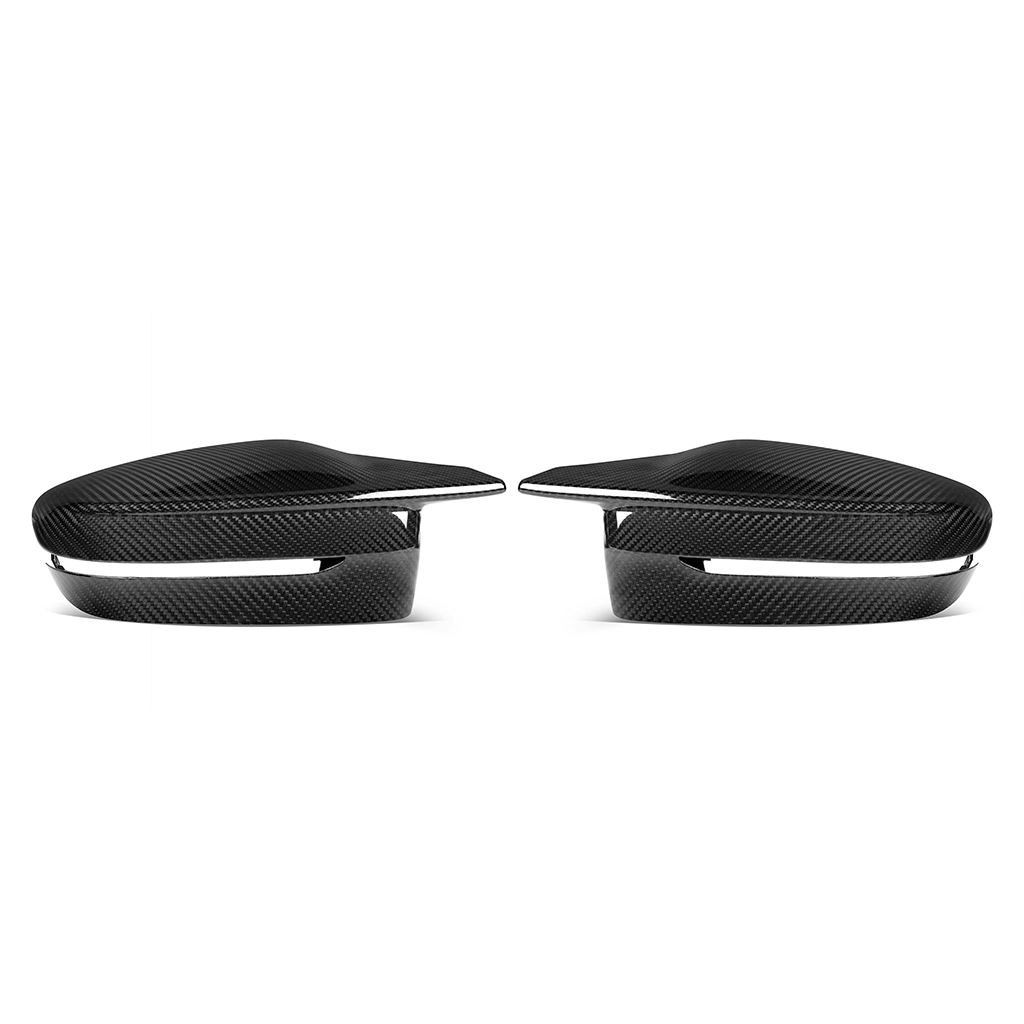
Share:
How to Install Carbon Fiber Body Scrape Guards on Your Car
Impact of Valve Opening Angle on Torque in Hydrodynamic Applications